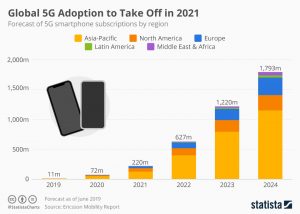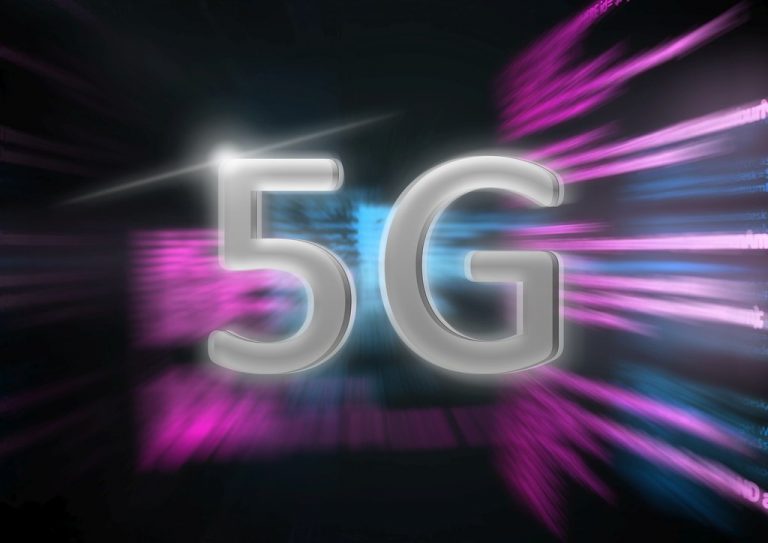Mobile internet connections on 4G networks are quicker than the internet connections that many people have at home. What used to be unthinkable in the early days of the mobile internet is now a reality. Streaming HD video or downloading music, apps, and games on the go without a wi-fi connection is no problem on today’s wireless networks. According to Ericsson’s latest Mobility Report, the number of 4G (LTE) smartphone subscriptions worldwide will have risen to more than 4 billion by the end of this year. The next evolution of wireless connections is already on the horizon though: 5G.
While Samsung and several other smartphone makers are planning to release their first 5G handsets this year, another industry heavyweight is in no rush to adopt the new technology. According to reports surfaced this week, Apple is planning to bring 5G to its premium iPhones in 2020 and wait until 2021 before moving its entire iPhone line-up to the new standard. While Apple has a history of waiting for new cellular technology to mature before adopting it, delaying the switch to 5G could prove costly, some experts argue.
According to latest estimates by Ericsson, however, 5G technology won’t really take off until 2021/2022 anyway, suggesting that Apple could hold out on the new standard without sacrificing too much in terms of potential iPhone sales. Ericsson puts global 5G smartphone subscriptions at 11 million by the end of this year and at 72 million by the end of 2020. Two years later, however, the researchers are expecting the worldwide 5G population to have risen to 627 million.
source statista

Ask me anything
Explore related questions





